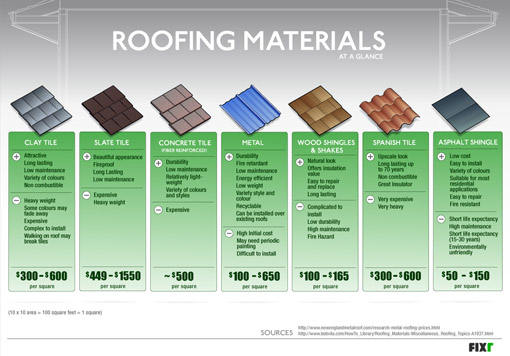Understanding Solar Panel Innovation And How It Functions: A Newbie'S
Understanding Solar Panel Innovation And How It Functions: A Newbie'S
Blog Article
Content Develop By-Rye Britt
So, you've found out about photovoltaic panels and their potential to generate power from sunshine, yet exactly how precisely do they work? Comprehending the complex technology behind photovoltaic panels can be a fascinating trip into the globe of renewable resource. From the standard concepts of photovoltaic cells to the complex elements that compose a photovoltaic panel system, there's a whole world of understanding waiting to be explored. Allow's unravel the enigmas of solar panel modern technology with each other.
Solar Panel Modern Technology Basics
To really grasp the essence of solar panel innovation, you have to delve into the fundamental principles that underpin its capability. Photovoltaic panel contain photovoltaic cells, generally made from silicon, which have the impressive ability to convert sunlight into power with the solar effect. When sunshine strikes the cells, the photons in the light interact with the silicon atoms, causing the electrons to break devoid of their atomic bonds. solar energy systems for agriculture produces an electric current that can after that be used for powering numerous gadgets.
The essential component of solar panels is the semiconductors within the solar batteries, which assist in the conversion of sunshine right into useful electrical energy. These semiconductors have both positive and adverse layers, developing an electric area that allows for the flow of electrons.
This circulation of electrons, when linked in a circuit, creates straight present (DC) power. Comprehending these basic principles is vital for valuing exactly how solar panels can harness the sun's energy to power homes, organizations, and even satellites precede.
Exactly How Solar Panels Generate Electrical Energy
Photovoltaic panel harness the sun's power by transforming sunlight into power with a process known as the photovoltaic result. When https://smallsolarpanelsforsale87531.blogchaat.com/31177019/unmask-preferred-misunderstandings-bordering-solar-energy-in-order-to-discover-the-realities-and-make-knowledgeable-selections-regarding-your-household-s-energy-demands strikes the solar panels, the photons (light fragments) are taken in by the semiconducting products within the panels, typically constructed from silicon. https://solarinverterforhome11009.ourcodeblog.com/31283018/exactly-how-weather-condition-affects-solar-panel-performance-what-you-required-to-know generates an electrical current as the photons knock electrons loosened from the atoms within the product.
The electric fields within the solar batteries then force these electrons to flow in a specific direction, developing a direct current (DC) of electricity. This direct current is after that gone through an inverter, which transforms it right into alternating existing (AC) electrical energy that can be used to power your home or organization.
https://www.norfolk.gov/5310/Solar produced by the solar panels can be stored in batteries for later use or fed back right into the grid for debt through a process called internet metering. Understanding how photovoltaic panels create power is vital to valuing the environmental and cost-saving benefits of solar energy systems.
Understanding Photovoltaic Panel Components
One critical element of solar panel modern technology is recognizing the different parts that make up a solar panel system.
The key parts of a solar panel system consist of the photovoltaic panels themselves, which are comprised of solar batteries that convert sunshine right into electrical energy. These panels are installed on a framework, usually a roof covering, to capture sunshine.
In addition to the panels, there are inverters that transform the straight current (DC) power produced by the panels into rotating present (AIR CONDITIONING) power that can be utilized in homes or companies.
The system additionally includes racking to support and position the photovoltaic panels for optimum sunlight direct exposure. In addition, cables and connectors are necessary for transporting the electricity generated by the panels to the electric system of a structure.
Last but not least, a monitoring system might be included to track the efficiency of the photovoltaic panel system and ensure it's operating efficiently. Understanding these parts is essential for anyone aiming to install or utilize photovoltaic panel innovation efficiently.
Final thought
Since you understand the fundamentals of photovoltaic panel technology and exactly how it works, you can appreciate the power of taking advantage of sunshine to create tidy and renewable energy for your structure. By using the solar effect and elements like inverters and monitoring systems, you can add to an extra sustainable future while additionally potentially saving on energy expenses. Maintain understanding and checking out the possibilities of solar power for a greener tomorrow.
